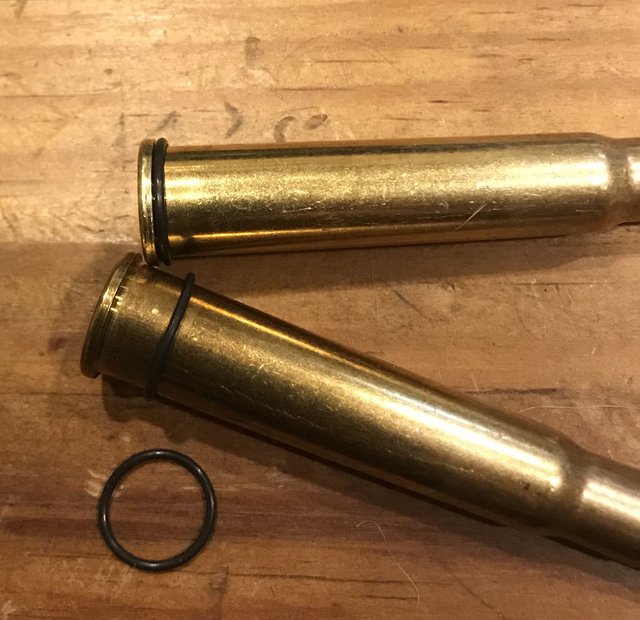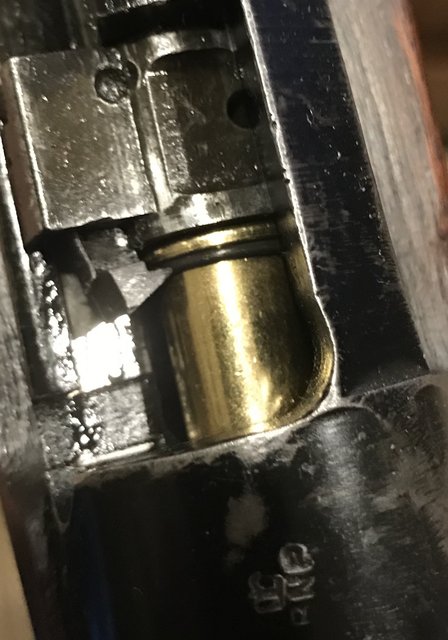The FART is awesome!! I’m using citric acid and a squirt of dawn. What’s your recipe?
Sent from my iPhone using Tapatalk
That batch was approximately 2tbls lemi-shine "citric acid" and 1tbls Finish Jet dry rinse aid, but I often use the
same recipe as you.







